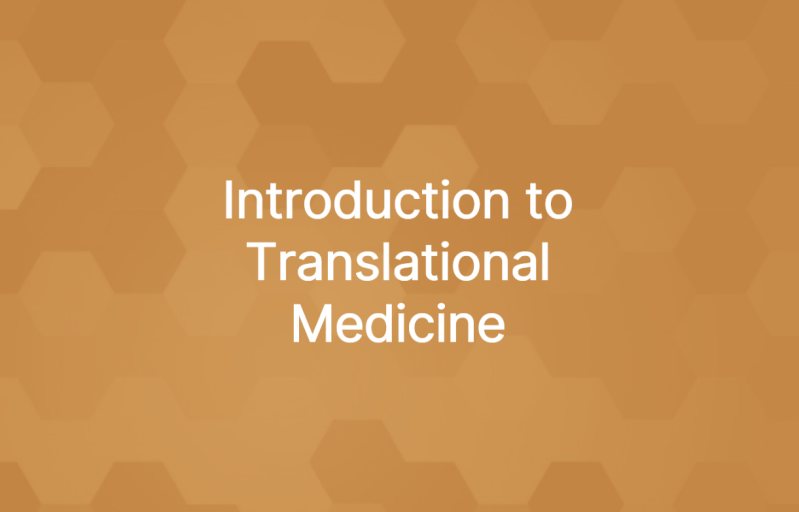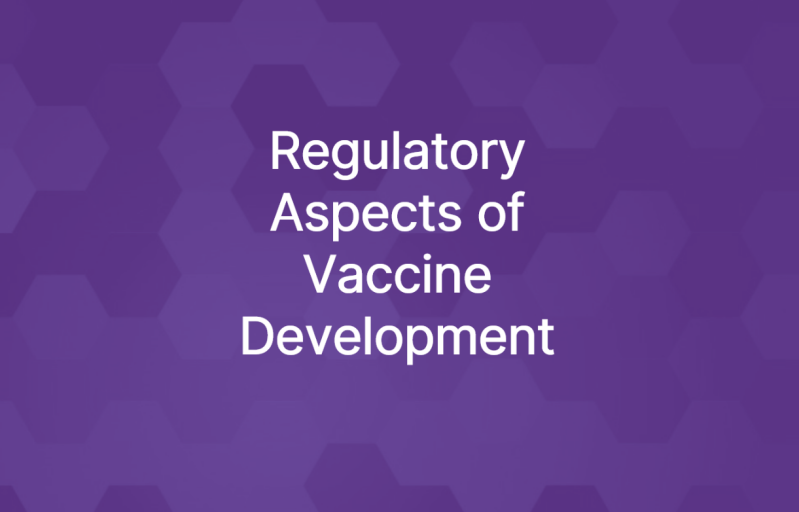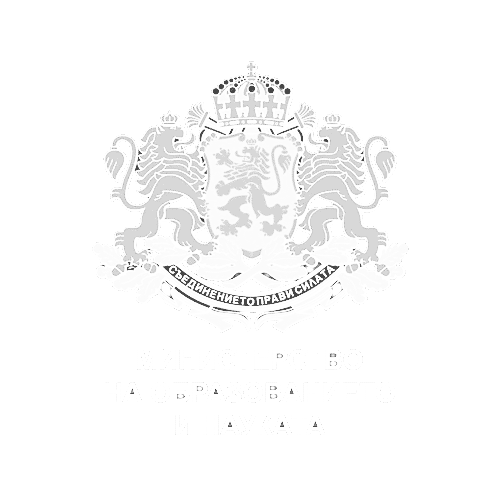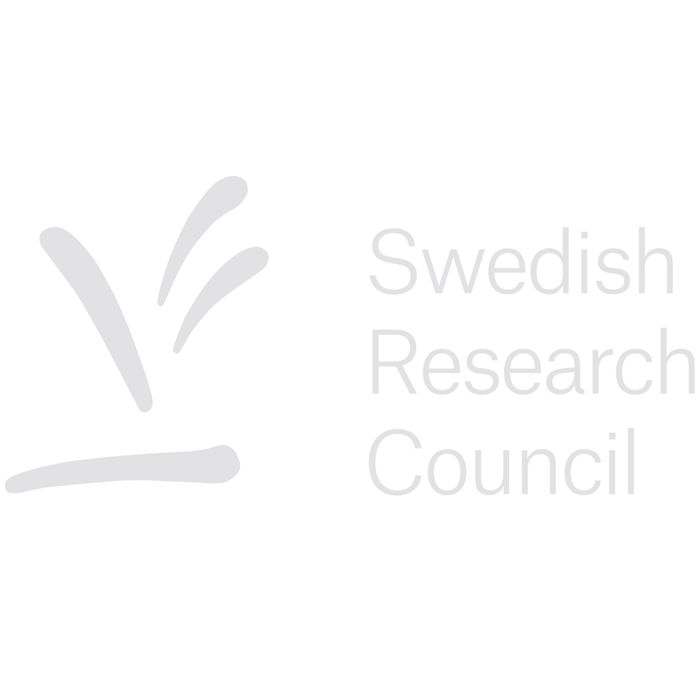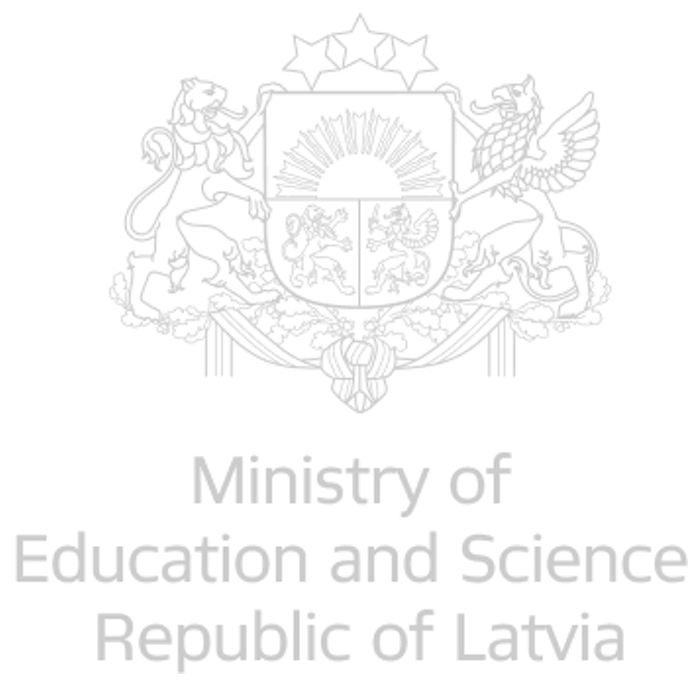WHO IS IT FOR?
This course is for anyone interested in the development of ATMPs.
How does the course work?
This is a free, self-paced online course, however registration for our e-learning platform is required. The course consists of a variety of different content types, including text, images, videos, and quizzes. It has an average study time of 10 hours of interactive learning content, plus further learning. Upon successful completion of the course you will receive a certificate.
WHAT WILL YOU LEARN?
This online self-paced course consists of four units representing the key challenges of the advanced therapy medicinal products (ATMPs) development cycle; scientific, manufacturing, reimbursement and regulatory, which includes topics including CAR-T cells, cell therapy manufacturing, reimbursement models, and EU regulation.
By the end of the course, you will be able to:
- Describe the structural biology and function of CAR-T cells
- Define what gene therapy is and list the potential applications of gene editing
- List the steps of the cell therapy manufacturing process
- Describe what ATMP classification is and why it is needed
- Recall EU regulatory concepts
- Differentiate between conventional vs ATMP reimbursement models
ACCESS THE COURSE
KEY TOPICS
The course consists of four modules:
Scientific
The scientific concepts unit will improve your knowledge in the areas of gene therapy approaches, vector biology and the cutting edge technology behind gene editing. The development of cell and gene therapy products will also be addressed as we teach you about the importance of innovative pre-clinical models and multimodal imaging techniques to ascertain the potential therapeutic benefits of an ATMP in development and ensuring the safety of these products. To finish the module, you will discover the story of the first market approved stem cell product in Europe for a regenerative medicine for vision loss which describes the development steps of an advanced therapy from research to commercialisation.
Manufacturing and quality control
For a therapy to be available at the clinic it must be manufactured to scale ensuring safety and potency are maintained. Innovative manufacturing requirements are necessary to overcome the many technical difficulties (e.g. product characterisation, biological safety, quality assurance, process scale) related to Good Manufacturing Practice or simply termed, GMP. In this unit on manufacturing and quality control you will get an overview of what goes into manufacturing autologous and allogenic cell therapies, what types of environments are needed, how scale-up works, and what sets the manufacturing of ATMPs apart from all other medicines – the challenges are unique! This unit will also discuss the important field of induced pluripotent stem cells (iPSCs), and how quality and standards in their manufacturing is key to their realisation as an effective therapeutic. As most ATMPs are first manufactured in culture dishes at the start of their development journey, this unit hopes to offer you a greater understanding of the many challenges on the road to making a new ATMP available to all that need it, through continuing advances in manufacturing, while following the strict guidelines set in place to ensure the safety of the patients that use these products.
Reimbursement
Dive into this unit to gain confidence in knowing which EU regulations to pay attention to and how the regulatory timeline for ATMP development works. Experts from the EMA will walk you through the EU’s Regulation on advanced therapies which is designed to ensure the free movement of advanced therapy products within Europe, to facilitate access to the EU market, and to foster the competitiveness of European companies in the field, while guaranteeing the highest level of health protection for patients.
Regulatory
By this point in the course you will understand the scientific, manufacturing and regulatory challenges and hurdles that must be over come to get a product to the clinic for patient use. With this complexity however comes obvious expense and a high price tag that today remains a major obstacle in getting these often curative therapies to the patients where standard available therapies have failed. How do we put a price tag on the benefits of a novel therapy? How do you price something where there is no comparator? How can a pharmaceutical company charge for a therapy that’s only used once? We still are far from answering these questions, but in this unit we will look at some of the tools used to assess the future benefit of an ATMP including Health technology Assessment (HTA) which is a is a key process to ascertain the potential value of an ATMP to the patient and society.
NEED HELP?
If you need any help accessing the course, please email training@eatris.eu.
FUNDING
This course was developed within the Erasmus+ funded project ADVANCE. The course has been updated and further developed with funding from ERDERA
ADVANCE Project Number: 2021-2-TR01-KA210-ADU-000048795. This project has been funded with support from the European Commission. This publication reflects the views only of the author, and the Commission cannot be held responsible for any use which may be made of the information contained therein
ERDERA has received funding from the European Union’s Horizon Europe research and innovation programme under grant agreement N°101156595. Views and opinions expressed are those of the author(s) only and do not necessarily reflect those of the European Union or any other granting authority, who cannot be held responsible for them.


